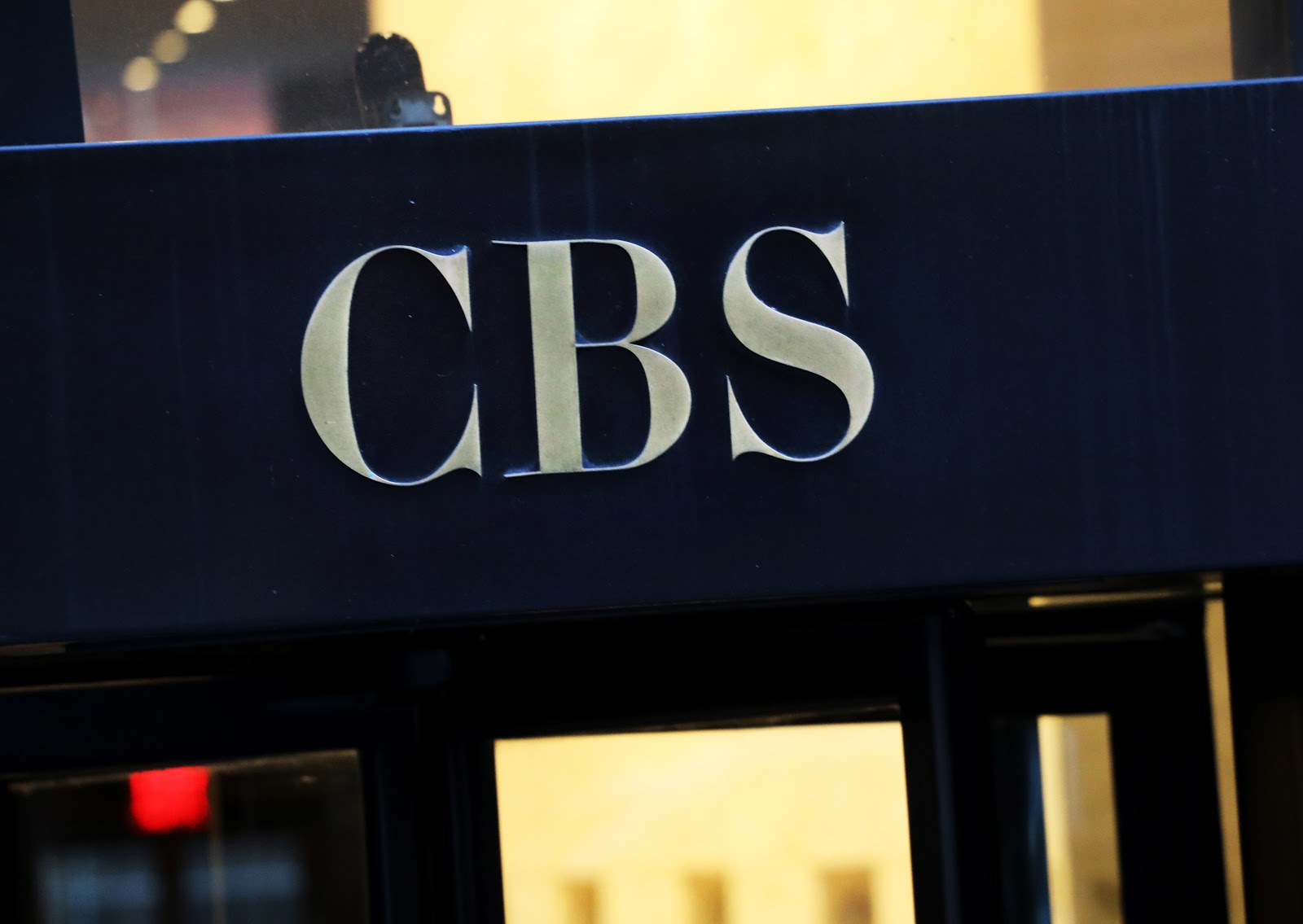The Poynter Report is our daily media newsletter. To have it delivered to your inbox Monday-Friday, click here.
Happy anniversary?
On Wednesday, we celebrated a one-year anniversary. Actually, celebrated is not the right word because there is nothing celebratory about it.
Wednesday marked one year since the last official White House news conference. Sarah Sanders, the White House press secretary at the time, met with the media on March 11, 2019, in the official White House briefing room. She has since left that position and been replaced by Stephanie Grisham, who has yet to hold an official press briefing.
To be fair, President Donald Trump, Vice President Mike Pence and other administration officials have been at the podium in the official briefing room to provide coronavirus updates to the media in recent weeks. In fact, the latter was decent enough at the gig that Politico’s Jack Shafer wrote, “Make Mike Pence the New White House Press Secretary.”
Of Pence, Shafer wrote, “He was calm. He was direct. He was polite in face of shouted, competing questions. He deferred to the medical and policy professionals on the dais with him. He even used the press secretaries’ favorite cliche, ‘Let me be sure to get you an answer to that.’”
Is that how Grisham is? Well, we wouldn’t know because she doesn’t hold press conferences. The days of the White House press secretary regularly meeting with the media are long gone.
So, again, the question is: Why does it matter, especially if Trump often makes himself available to the press as he goes to and from the White House?
The answer is: Official press briefings are a more formal and effective way to get the administration on the record about events, policies and information that impacts all Americans. It’s far more effective than the quick-hit Trump answers underneath the noisy whirl of a helicopter on White House grounds. Those scenes don’t allow for in-depth questions and pertinent follow-ups that every president (or president’s representative) is obligated to answer. Those White House lawn scenes allow Trump to ignore questions and pivot to the things he wants to talk about, and no one can do anything about it because of the chaotic environment.
The White House, however, doesn’t see it that way.
“President Trump communicates directly with the American people more than any president in history,” Grisham once told ABC News. “The fact that the White House press corps can no longer grandstand on TV is of no concern to us.”
By the way, she said that on the sixth-month anniversary of no White House press briefings.
Think of all that has happened over the past year: the Mueller Report, those close to the president going to prison, impeachment, immigration, health care. And now we’re dealing with something that is upending our lives more than anything in recent memory. The coronavirus not only is threatening the health of Americans, but having a huge impact on the economy, our schools and our very way of life.
This would be the perfect time for the White House to resume official press briefings. But don’t count on it.
Where (not) to turn
Trying to take in the coronavirus news can be overwhelming. Everything is coming so fast from so many different places. News consumers seem to be alternating between trying to find the best information and throwing their hands up in the air and yelling, “Stop!”
“The coronavirus is spreading faster than we can contain it, faster than municipalities can track it and here in the United States, much faster than our testing capacity can handle,” New York Times opinion writer Charlie Warzel aptly writes. “By the time you read a statistic, chances are it’s outdated.”
So how do you keep up when it’s impossible to keep up? Or, a better question might be: How do you get authoritative information when we’re dealing with something that few are an authority of?
Warzel writes, “The authority void needs to be filled by experts and leaders large and small.” In other words, listen to those who actually might know what they’re talking about: doctors, scientists, virus experts. Don’t listen to those who, quite frankly, don’t know what they’re talking about — people like Rush Limbaugh, who compared COVID-19 to the common cold.
The Washington Post’s Max Boot writes, “… Trump could not spread disinformation all by himself. A herd of right-wing pseudo-journalists has jumped the shark along with him. They are promulgating narratives so at odds with reality that they are likely to get people killed.”
Hitting home
CBS staffers in New York City are being asked to work at home after two employees tested positive for the coronavirus. One worked at the CBS Broadcast Center and the other worked at the building on West 57th Street.
CBS News president Susan Zirinsky asked employees to work from home for two days while the offices are disinfected. The offices are expected to be open again Monday. The two who tested positive will self-quarantine for two weeks.
In a memo to staff, Zirinsky said broadcasts will continue as the network looks for alternate broadcasting locations. This will not impact the “CBS Evening News” because that originates in Washington, D.C.
Looking in the rearview
It has been a couple of minutes since “The View” had any dustups. Maybe that’s why the show brought back former panelist Elisabeth Hasselbeck for a guest spot Wednesday. She was on the show from 2003 to 2013, and it didn’t take long for her to resume sparring with Joy Behar when Hasselbeck praised President Donald Trump’s leadership in the coronavirus outbreak.
The back-and-forth was predictable with Hasselbeck praising the response of the Trump administration and Behar criticizing Trump for a lack of leadership. Believe it or not, it was Meghan McCain, usually a lightning rod on the show, who calmed things down by saying it could be that both were right — that now is not the time to panic, while Trump could show a little more concern.
What was missing from the exchange were the oohs and ahhs, cheers and boos from the audience. That’s because there was no audience. The show is not hosting one because of coronavirus concerns.
Leftover thoughts from Tuesday night’s primaries
- Documentary filmmaker Michael Moore can certainly have any opinion he wants. It just seems odd, however, that MSNBC would have him on to share political opinions. He joined Brian Williams late Tuesday night in what amounted to a 10-minute infomercial for Bernie Sanders. Again, it just felt … odd.
- Andrew Yang has, basically overnight, become a top-notch political commentator for CNN. His best moment Tuesday night was talking about just how skilled a debater Joe Biden is, despite Biden’s reputation of not being good in debates. At one point, when there was pushback from the panel, Yang replied that he knew what he was talking about. “I’ve been on the debate stage with him,” he said.
- MSNBC’s Steve Kornacki gets props (and deservedly so) for his work on the “big board” voting map. But CNN’s John King is first-rate as well. He does it for every primary and election, but Tuesday night, King showed off his lightning-quick skills at breaking down the counties in each state to show exactly where and how Biden was beating Sanders — and also comparing it to the 2016 map of Hillary Clinton vs. Sanders and Clinton vs. Trump.
Give it a listen
Hurricane Katrina was 15 years ago but it is still teaching us lessons. Today, The Atlantic drops an eight-part podcast about the aftermath of the day the levees broke in New Orleans. “Floodlines” examines what the events surrounding Katrina say about our legacy of race and class.
The Atlantic describes the podcast as being more than a natural disaster, but the failure of government, media and society, leading to “one of the most misunderstood events in modern-day America.”
The rating game

Margaret Brennan interviewing FDA Commissioner Dr. Scott Gottlieb on last week’s “Face the Nation.” (Chris Usher/CBS News)
- CBS’s “60 Minutes” was the most-watched show on TV last week with 9.4 million viewers.
- Speaking of TV ratings, the “Today” show scored a rare morning show victory for the week of March 2 with an average of 3.984 million viewers. That barely topped the normal top show — ABC’s “Good Morning America,” which had 3.934 million viewers. “CBS This Morning” wasn’t far behind with 3.017 million. The “Today” show also won the key 25-54 age demo.
- The Sunday morning shows are all doing well, boosted by lots of big news of late, including the coronavirus and the race for the Democratic presidential nomination. CBS’s “Face The Nation” had 3.343 million viewers, but NBC’s “Meet the Press” was close behind (at a slightly different time slot) with 3.196 million viewers.
Hot type
- The Miami New Times’ Alexi C. Cardona with leaked emails showing Norwegian Cruise Line pressured the sales team to lie about coronavirus.
- A lot of people are working from home for now because of the coronavirus. But working from home isn’t as easy as it sounds. Paige Cohen, senior associate editor of Harvard Business Review, has a short video showing how best to work at home. Meanwhile, Washington Post tech columnist Geoffrey A. Fowler writes of his time working from home.
- Finally, check out this exceptional piece of work from a partnership between Slate and the Marshall Project. Nicole Lewis, Aviva Shen and Anna Flagg with “What 8,000 American Prisoners Think About American Politics.”
Have feedback or a tip? Email Poynter senior media writer Tom Jones at tjones@poynter.org.
Upcoming Poynter training
- Will Work For Impact: Fundamentals of Investigative Journalism (Online group seminar). Deadline: April 13.
- Teachapalooza: Front-Edge Teaching Tools for College Educators. (Seminar) Deadline: April 30.
- Bring Poynter to your newsroom, classroom or workplace.
Want to get this briefing in your inbox? Sign up here.










